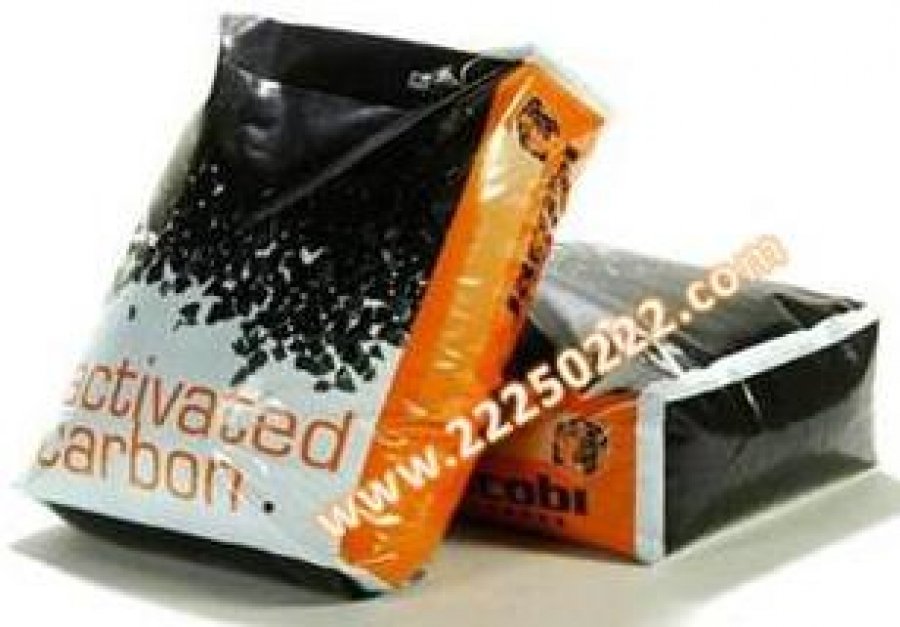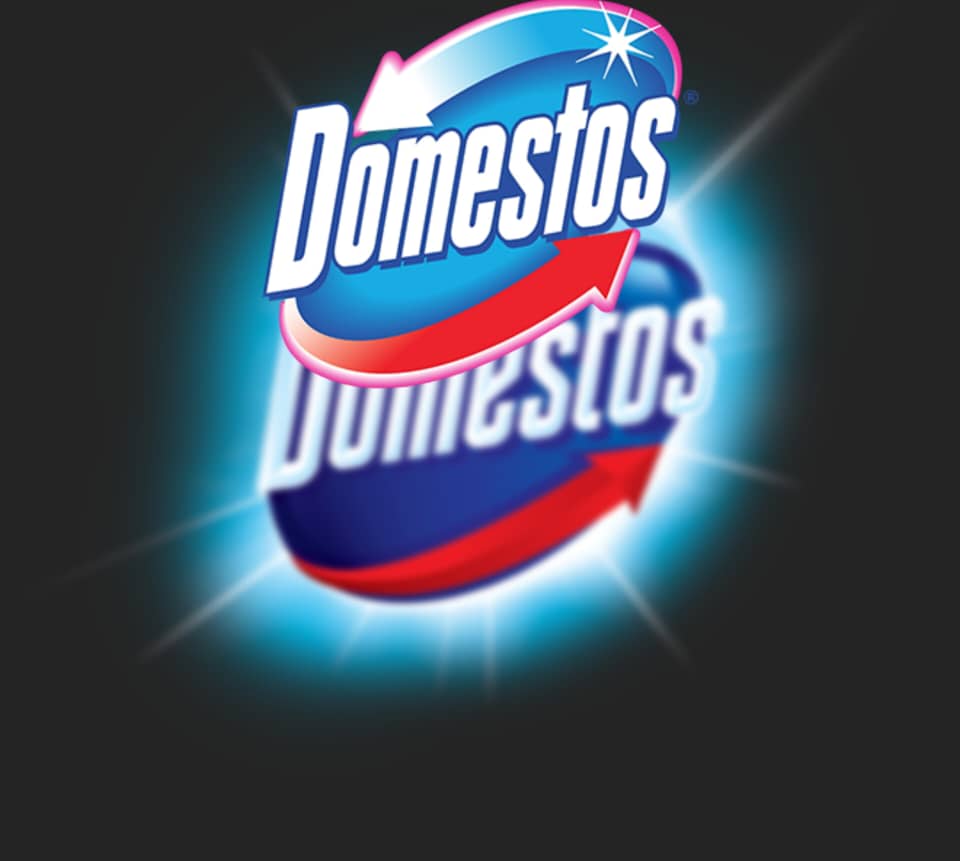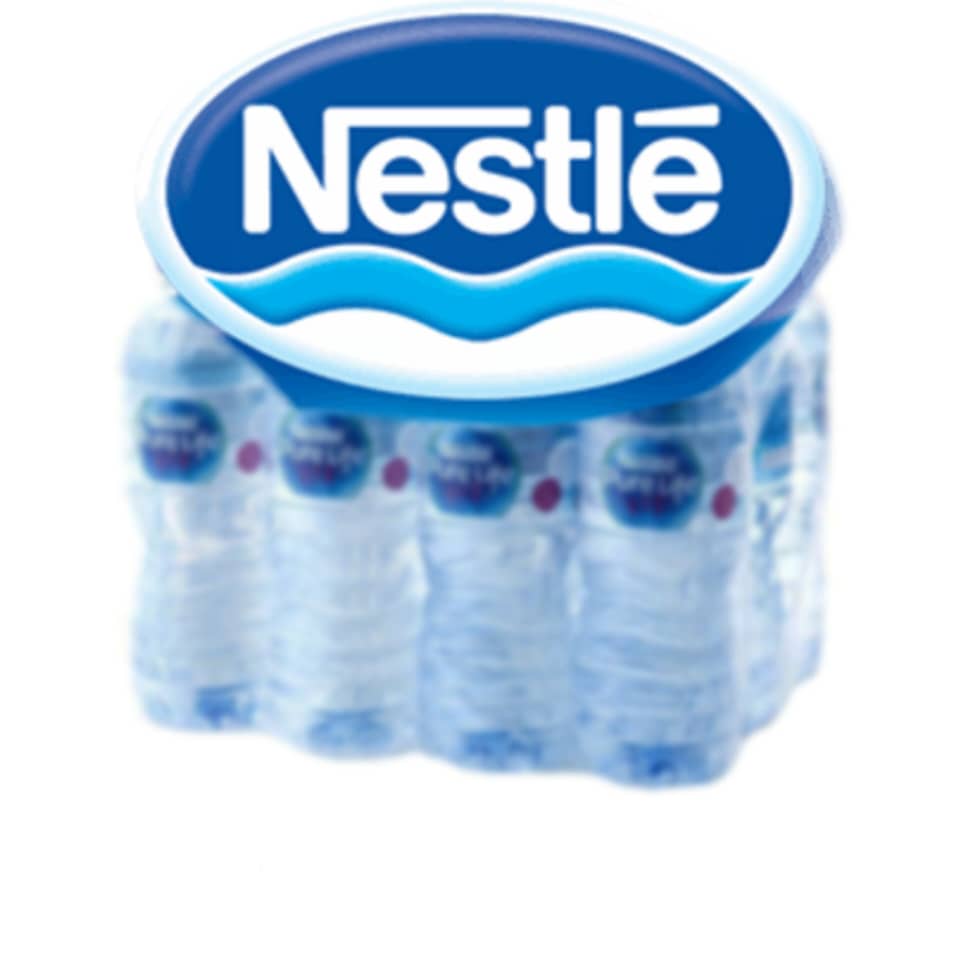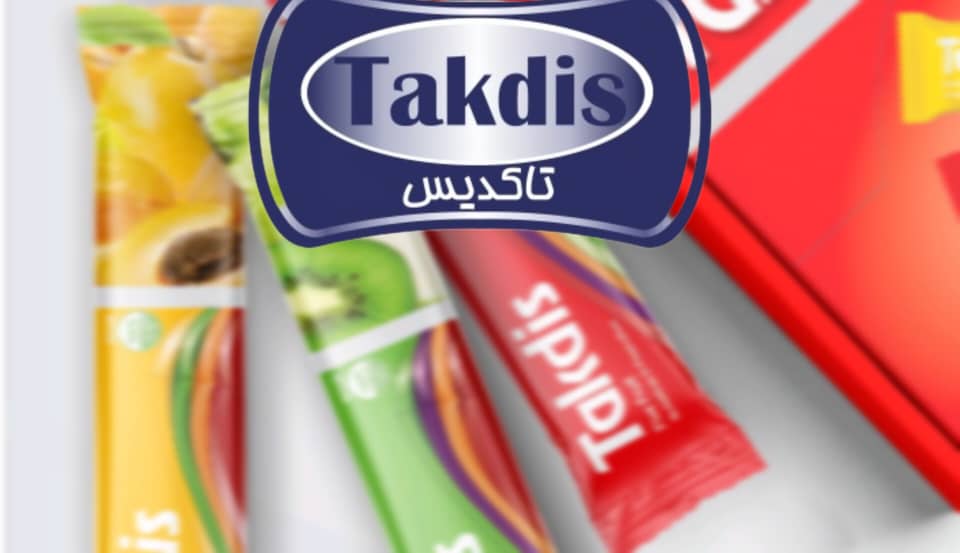
- Seen : 631 View
Activated carbon (carbon activated carbon) refers to a group of carbonaceous substances with high porosity and internal surface area due to its considerable internal area, void and pore structure, high absorption capacity, surface reactivation ability and low price in Comparison with non-organic adsorbents, such as zeolithic, is a unique substance. Their important application is the separation of odor, color, water tastes from domestic and industrial operations, solvent recovery, and air purification, especially in restaurants, food and chemical industries.
Activated carbon is produced from carbon monoxide pyrolysis, such as wood, coal, corn or crust, such as coconut shells, and then activated in subsequent steps. The carbon dioxide pyrolysis, in the absence of air, causes the destruction of inorganic molecules that produce carbon-fiber material. The produced material has a high surface area and porosity. The three main processes for carbon activation are considered: 1- Steam activation 2- Activation with carbon dioxide 3- Chemical activation
Among the three methods, steam activation is the best environmental and economic option, while chemical activation yields the highest level and porosity.
Medicinal use
It is used to treat drug poisoning or oral toxicity in the early hours after ingestion.
The mechanism of the work
Activated carbon disrupts absorption by binding to drugs and toxins present in the gastrointestinal tract.
Drug metabolism
Eating and absorbing it is very small.
side effects
Malabsorption and diarrhea, interfering with absorption of other oral medications.
depended queries
Poisoning
Saler Company Information










